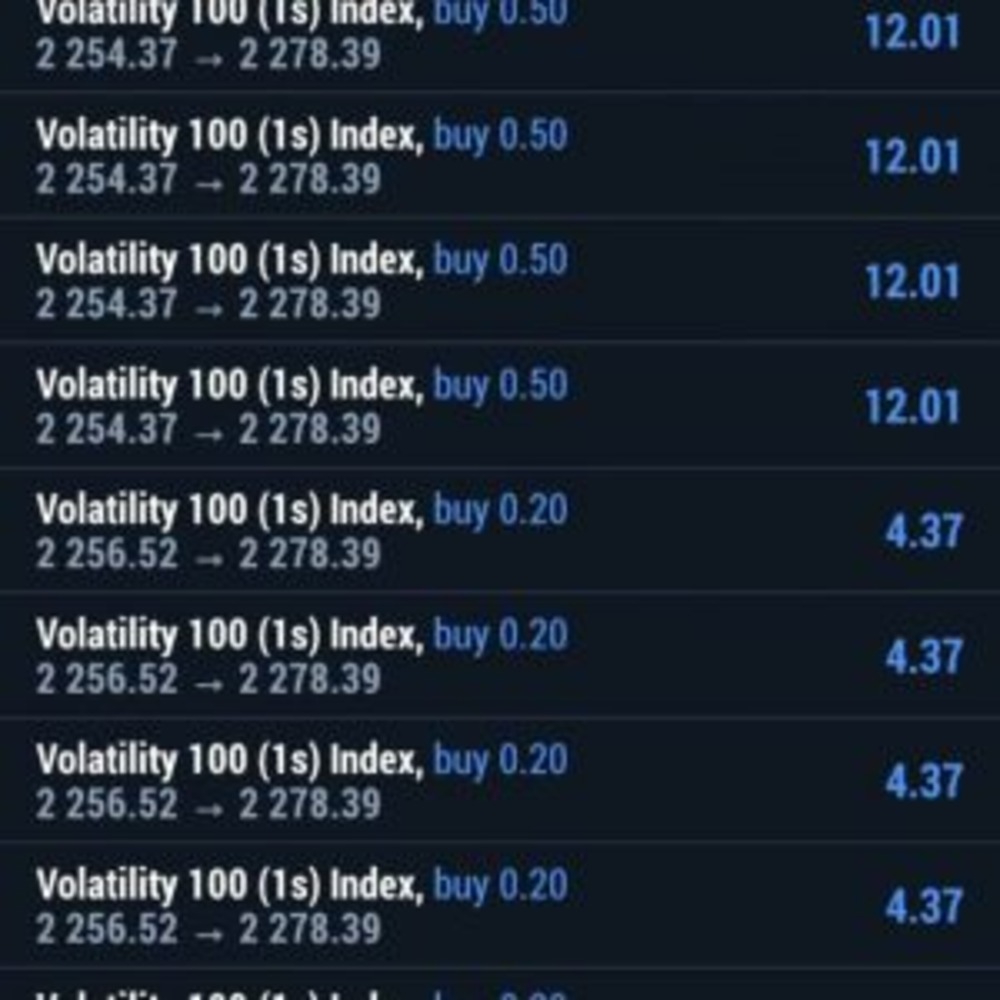Unveiling the World of Forex Indices: Your Guide to Market Barometers

Image: business2commerce.com
Imagine navigating a tumultuous sea without a compass or a guide. That’s what forex trading can feel like without understanding the importance of indices. They serve as lighthouses, illuminating the path through market volatility and helping traders make informed decisions. In this comprehensive guide, we’ll delve into the intricate world of stock market indices, exploring their significance in forex trading.
What Are Forex Indices?
Forex indices are composite measures that reflect the collective performance of a group of stocks or other financial instruments within a specific market or industry. They provide a snapshot of the overall health and direction of a particular sector or economy. By monitoring indices, traders can identify trends, gauge market sentiment, and make strategic trading decisions.
The Importance of Indices in Forex Trading:
Indices play a pivotal role in forex trading for several reasons:
1. Market Trends:
Indices serve as reliable indicators of market trends. They help traders determine whether a particular sector or economy is trending up or down, providing valuable insights into the overall market direction.
2. Sentiment Analysis:
By analyzing index performance, traders can gauge market sentiment. Positive index movements often indicate bullish sentiment, while negative movements signal a bearish outlook. This information can guide traders in making appropriate trading decisions.
3. Correlation:
Indices can be correlated with other market variables, including currency pairs. By understanding these correlations, traders can devise more sophisticated trading strategies that take advantage of market relationships.
Types of Forex Indices
There are numerous forex indices available, each covering a different market or sector. Some of the most popular indices include:
1. Currency Indices:
Currency indices measure the value of a currency against a basket of other currencies. For example, the US Dollar Index (USDX) tracks the performance of the US dollar against a group of major currencies.
2. Stock Market Indices:
Stock market indices track the performance of a group of stocks in a specific market or industry. For instance, the Dow Jones Industrial Average (DJIA) is a widely followed index that consists of 30 leading US stocks.
3. Commodity Indices:
Commodity indices measure the price changes of a basket of commodities, such as oil, gold, and silver. The Bloomberg Commodity Index (BCOM) is a leading example.
4. Economic Indicators:
Economic indicator indices measure various economic factors, such as consumer spending, inflation, and employment. The Purchasing Managers’ Index (PMI) is an example of an economic indicator index.
Using Indices Effectively:
To effectively use indices in forex trading, traders should:
1. Understand the Index’s Composition:
Knowing the composition of an index helps traders identify which market segments or stocks contribute to its movements.
2. Analyze Historical Performance:
Studying historical index data can help traders identify trends and patterns that may provide predictive insights into future index performance.
3. Monitor Current Events:
News and events can significantly impact index performance. Staying informed about current affairs is crucial for understanding index movements.
Conclusion:
Indices are essential tools for forex traders, providing invaluable insights into market trends, sentiment, and correlations. By understanding the different types of indices and their significance, traders can make informed trading decisions and navigate the ever-changing forex landscape with confidence. Remember, the key to successful forex trading is staying informed and embracing the power of indices as market barometers.

Image: www.forex.academy
What Are Indices In Forex






